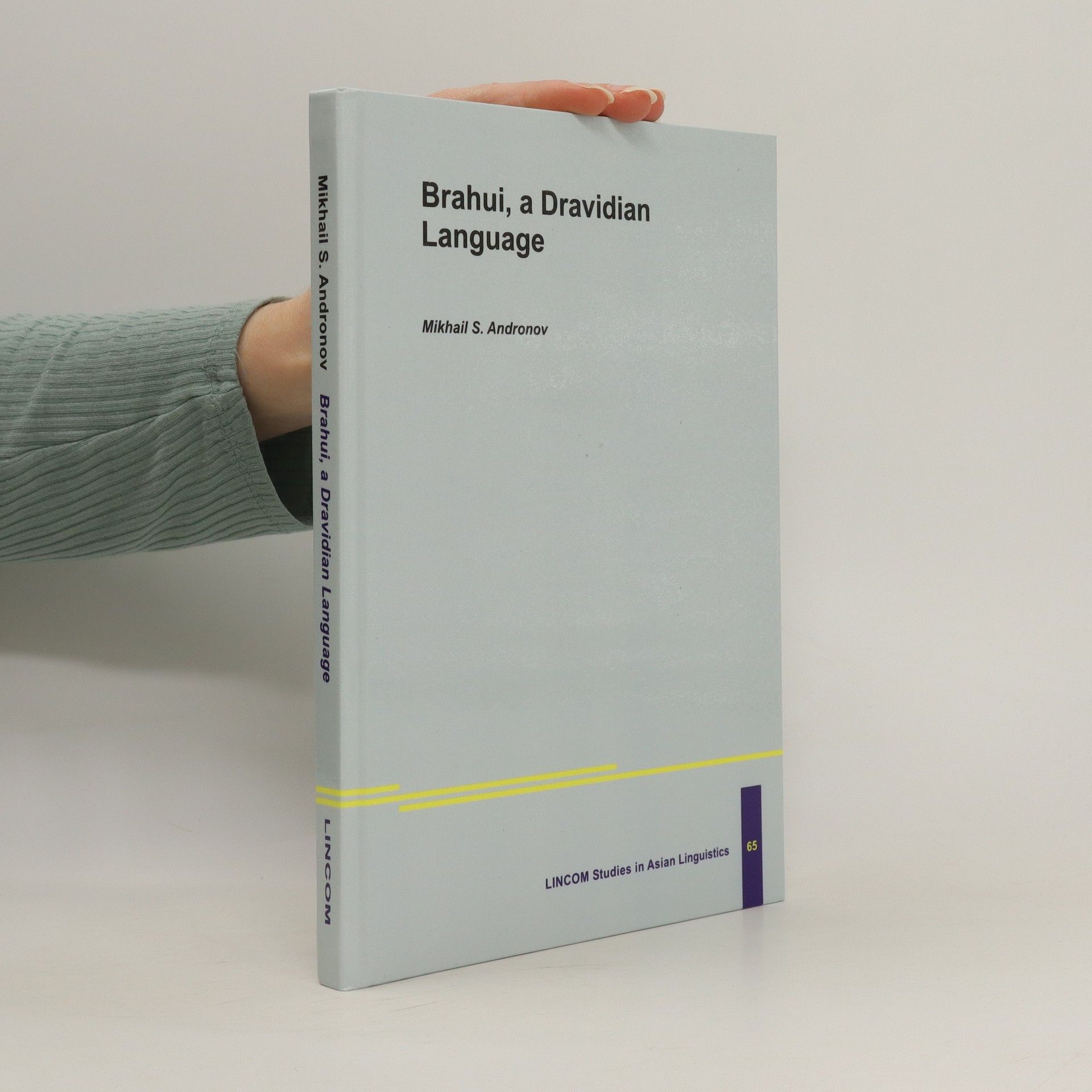Malayalam, one of the four official Dravidian languages of India, is only spoken by 30 million people in the state of Kerala. With its 1000-year-old history and its long literary tradition, the classic and modern variants are especially well-known among the different forms of this language. Although it may appear archaic or incomprehensible to the unprepared reader of the 14th to 17th century Malayalam literature, the classic form is by no means a fossil. Instead, it is a living and creative part of today’s Keralian culture. There are also many colloquial, standard and dialect forms in the literature and in the common language beyond those of modern and classic as elements of the standard speaking and writing style. From a historical point of view, all of these forms are different stages of development that are completely considered for the first time in this grammar and that are treated by the author in each grammatical category.
Michail Sergejevič Andronov Livres
24 février 1931 – 1 janvier 2009

